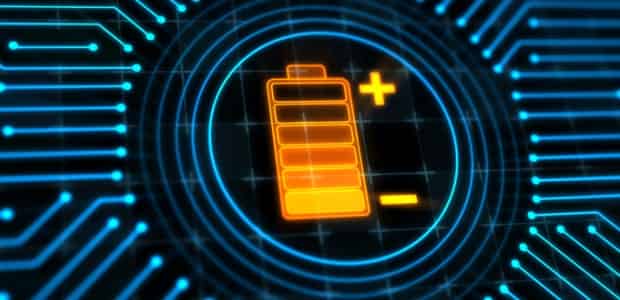
News that the UK has pledged to ban the sale of petrol and diesel cars by 2040 has put a feather in the cap of the electric car industry on the back of claims that charging cars and vans from the grid, like a laptop or phone, is sure to be cleaner than petrol or diesel power.
The government's promise to invest over £800m in driverless and clean technology, as well as a further £246m in battery technology research, is clear testament to this claim.
Car batteries are now being developed with a life expectancy of ten years and even batteries and charging stations are under development which "Rapid-charge" - in the same amount of time as it takes to refuel a car at the petrol pump. Furthermore, for original equipment manufacturers (OEMs) and investors alike the potential profit awaiting them within this market is significant, with Transparency Market Research estimating the global lithium-ion battery market at $30bn in 2015, rising to more than $75bn by 2024, as reported recently in The Guardian.
Battery demand is not only driven by the existing 'gadget' market and the drive towards electric vehicles. As the UK moves towards a greater proportion of electricity generated by renewable sources, utility scale storage projects are under development to support the network and balance intermittent generation. As a greater number of projects are rolled out (and the potential for UK deployment is thought to be very significant), there will be a further uptick in mineral demand.
Despite this, challenges seem to threaten the future of zero-emissions vehicles in the form of the sourcing of key minerals such as cobalt, vanadium and the all-important lithium outlined above. Lithium-ion batteries are the most commonly used, having long been used to power smartphones, tablets, laptops and other gadgets. The shortage of materials will need to be addressed by increased efforts of the mining industry in terms of identifying and extracting further deposits of these as well as an much-needed increase in producers in order to refine the elements for use. Time will tell as to whether all of this comes to fruition.
Demand for other key battery ingredients, like graphite and lithium carbonate, are also outstripping supply. The current shortage of lithium has seen prices double since 2015. Global lithium demand was 184,000 tonnes in 2015, with battery demand accounting for 40%. Analysts at Deutsche Bank expect demand to increase to 534,000 tonnes by 2025, with battery manufacturers accounting for 70%.
In particular, cobalt is a critical metal for Lithium-ion cells and the battery industry currently uses 42% of global cobalt production. Glencore plc, has the monopoly on current cobalt sourcing efforts, producing almost a third (28,300 tonnes) of the world's annual supply. As much as 65% of this global supply comes from the Democratic Republic of Congo (DRC), where cobalt production has dropped this year because of current political instability, leading to inevitable price rises. Macquarie Research predicts that trouble in the DRC and rising demand for electric vehicles will lead to a four-year-long cobalt shortage.
In such lean times, battery manufacturers such as Samsung SDI and LG Chem based in South Korea have responded to the crisis by stepping up development of new power packs that use more nickel and less cobalt, whilst other companies are looking elsewhere for further deposits. For example, The Guardian reported comments from Trent Mell of First Cobalt, a Toronto-based mining company, who is confident of making discoveries in Idaho and Ontario.
Observing the specific dynamics of a cultural or political regime in place within a particular mining region is also key to accessing these elements, as the premise of safe operations has to be at the heart of future efforts in order to avoid continuous barriers to access. For example, the government of Peru last year appointed a Mines Minister in order to address internal challenges that are preventing domestic and foreign investment in this crucial area of commercial activity for the country. Staying in South America, Chile has already increased royalty rates for lithium and is also looking at governance surrounding all future lithium projects.
This scramble for resources is likely to drive end-user companies to look at direct-tie ups with the mining industry in order to obtain a proportion of future production, which breaks the mould of the traditional OEM structure. For example, Volkswagen and Contemporary Amperex Technology Co Ltd (a Chinese battery maker) have already sought a tie-up on supply deals with Glencore plc. This is on the back of an ambitious production programme designed to achieve thirty battery-powered models by 2025.
What is clear is that the routes which are taken from these crossroads will strongly influence the development of our electric and driverless vehicle future. However, what is also evident is that the scarcity of the raw materials as well as the right alliances and structures to produce and convert them will lead to a major re-configuration of the current automotive supply chain status-quo.